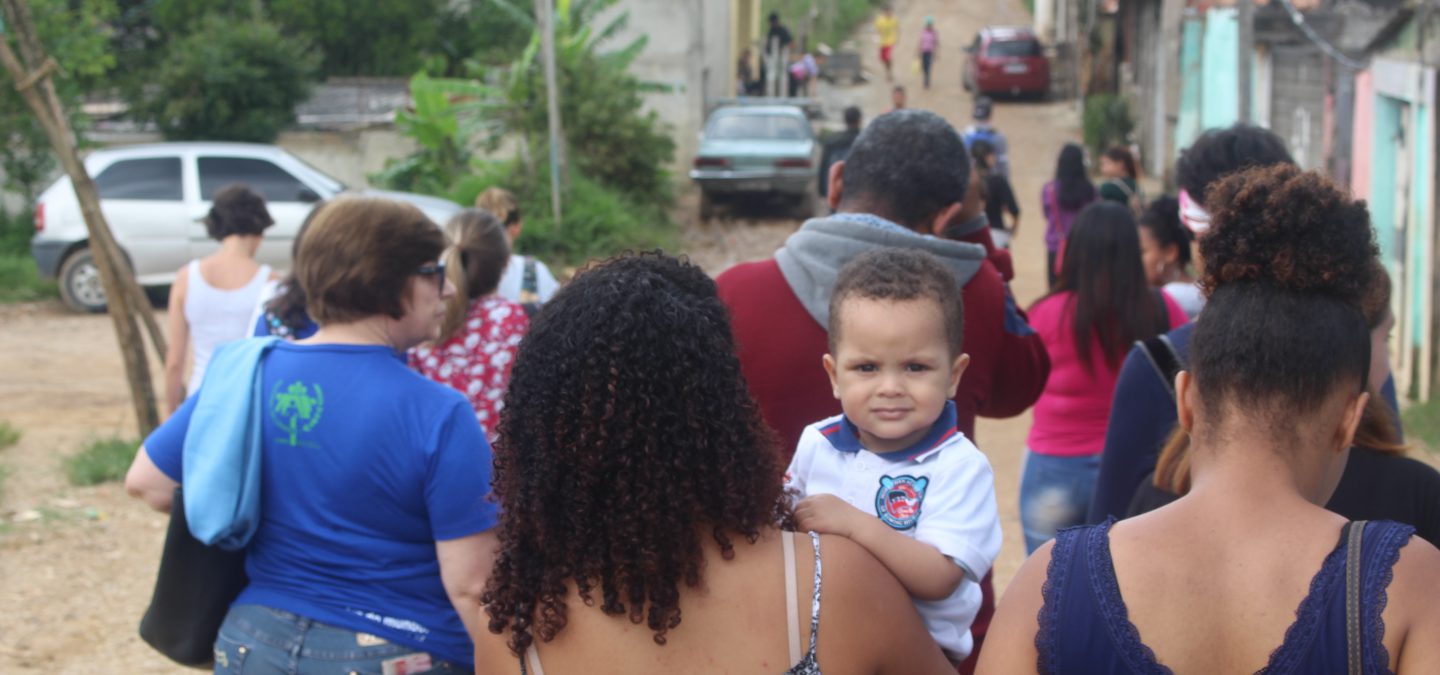
Keep up with our latest news and projects!

According to the report “SLUM ALMANAC 2015/2016”, “Tracking Improvement in the lives of slum Dwellers” produced by UN-Habitat, one in eight people live in slums on our planet.
The challenge of slums is a critical factor in the persistence of world poverty, excluding people from access to the benefits of urban infrastructure and adequate urban environment. It is difficult to find opportunities for prosperity for individuals, collectiveness and personal development, and especially for children.
Regarding childhood and youth in Brazil, World Bank data presented a total population aged between 0 – 14 years at approximately 46 million in 2016, with a balanced distribution between boys and girls. The population from 0 – 14 years in Brazil living in slums and vulnerable territories is more than 20 million. Inequality and poverty are severe problems to face, as so many children live in urban environments subjected to constant toxic stress, no civil rights, no right to the city at any level. Architects and urbanists have failed to promote change and develop strategies capable of coping with the escalating factors of vulnerability and inequality.
The traditional curriculum of Architecture and Urbanism education does not include, as the main framework of studies and practice, the problematic of precarious settlements, vulnerable areas, and do not relate to early childhood development, race, nor gender. This means that architects and urbanists face additional difficulties in acquiring qualifications to deal with the main challenges of urban areas after graduation.
We have a lot of accumulated knowledge in the field regarding the issue, which must be acknowledged and properly integrated into transdisciplinary agendas of formal Architecture and Urbanism education. To achieve this, we should investigate, research and write about the practice of the different possible models of Social Impact Design focused on disadvantaged communities, gender, race and early childhood.
How to increase local capacity, regarding design “as an empowerment tool rather than as a thing that creates objects or buildings…How can we shift the way we are doing social impact design so that it is creating designers rather than design…” (Smith, Amy). Therefore reflecting on how to create social impact design education and work opportunities within the communities seeking to solve problems, engage small children, young students and community to promote programs as a bridge between education and career.
I have also realised in the past years as a graduate teacher, that most of our colleagues already consider it a big challenge to educate and train students to acquire the technical, historical and theoretical knowledge. This enables the students to sort out problems that demand specific qualification in the field of building and construction. Students expect and deserve much more, especially as the world around us becomes more complex, poor, violent and unequal.
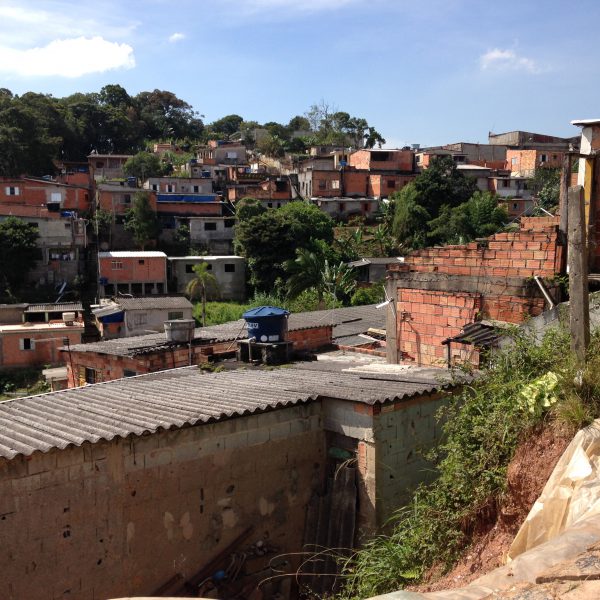
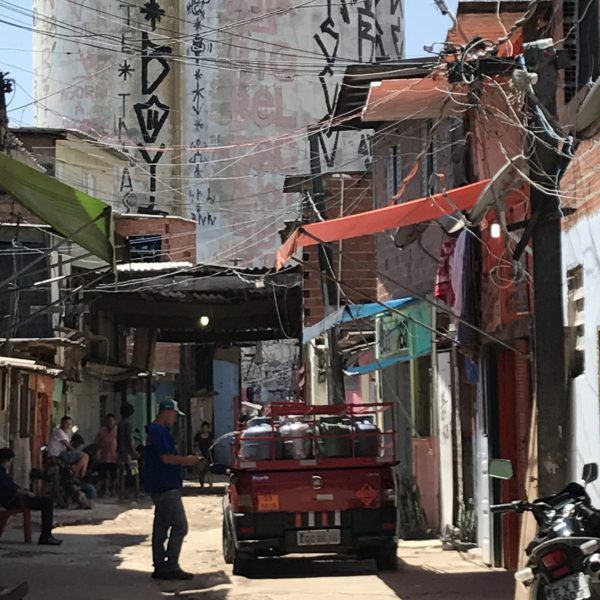
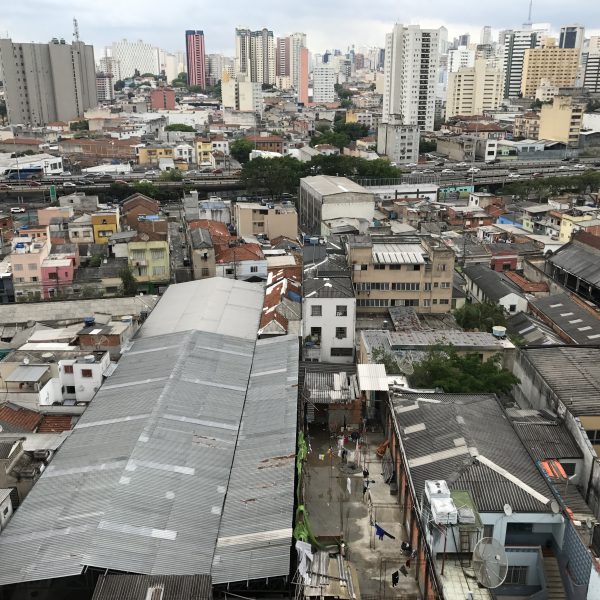
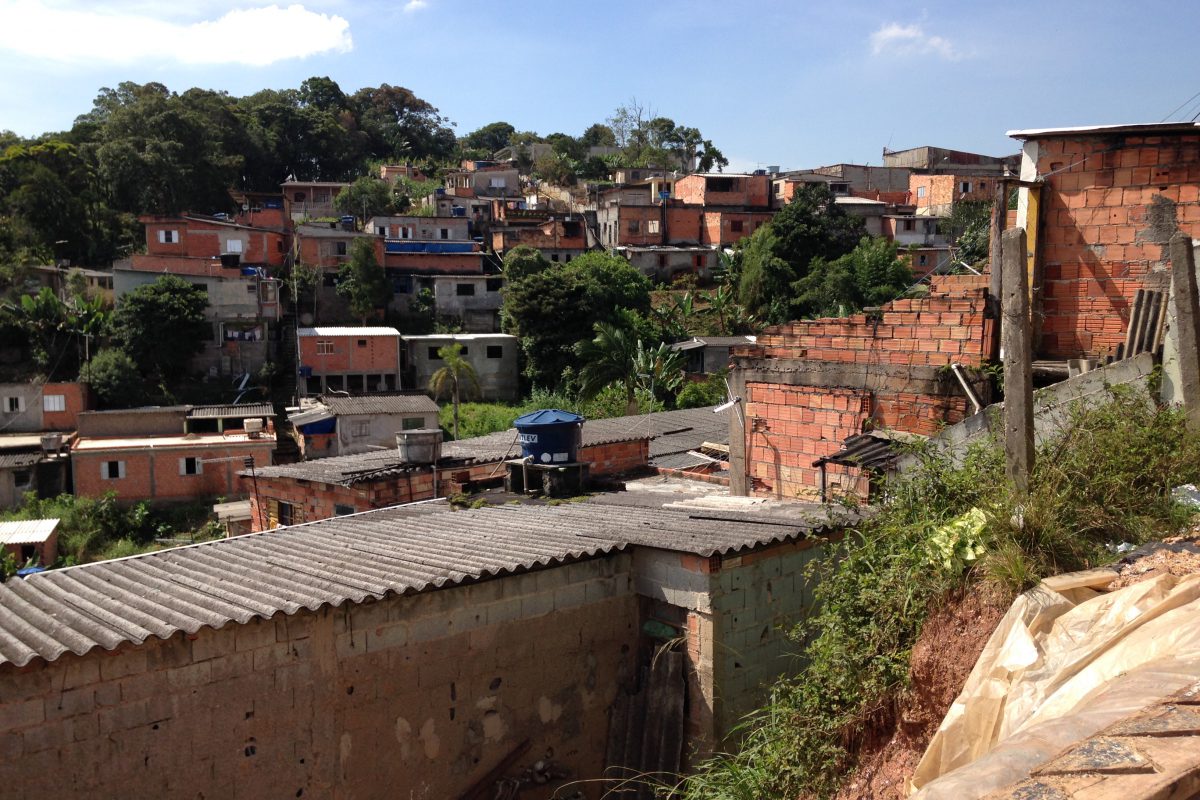
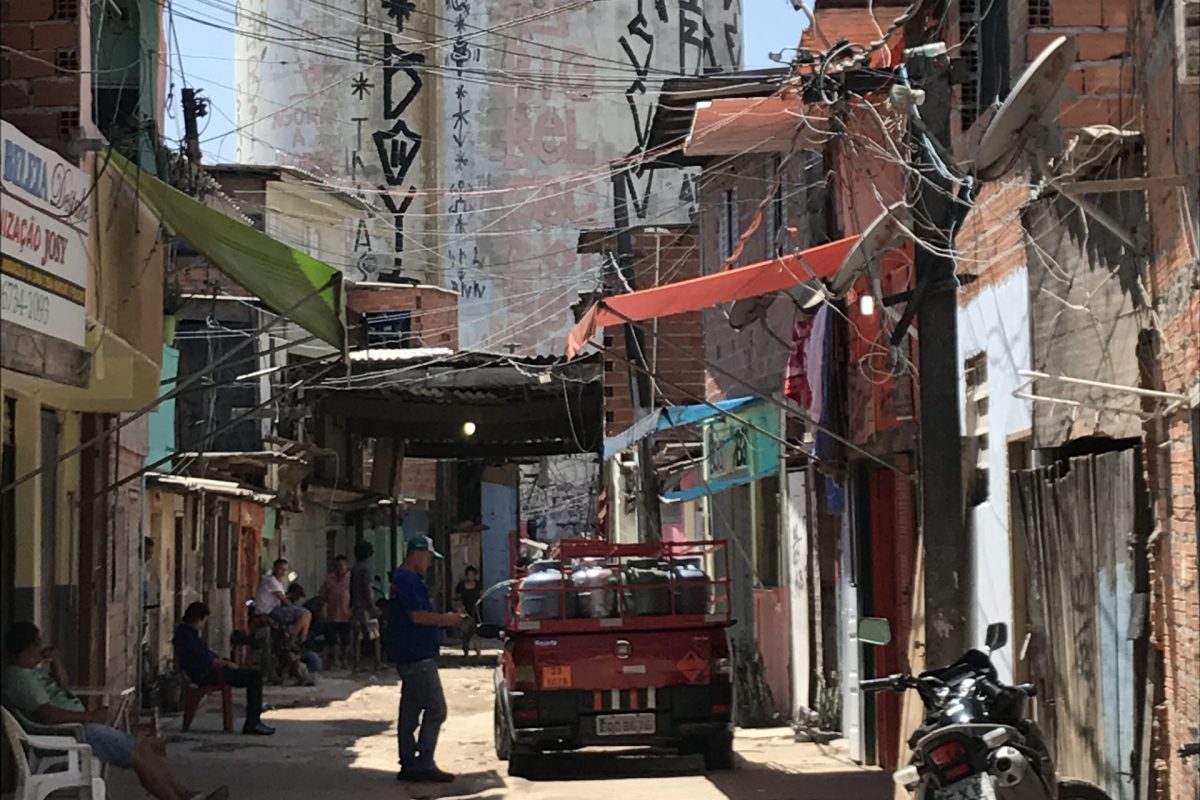
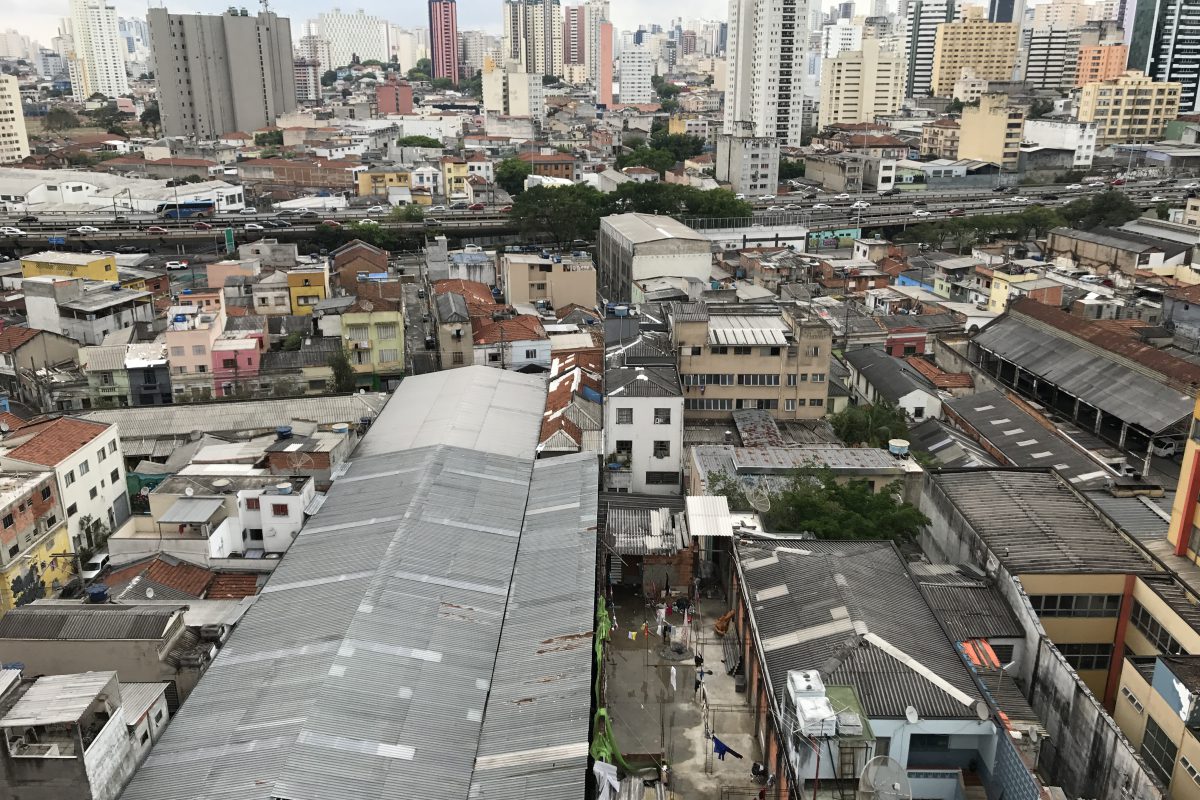
In the most recent years, I have witnessed several urban and extremely harsh conditions, where no civil basic rights were secured, in the city of São Paulo. These conditions affect most of the informal settlements of the city, up to 60% of its territory. Children and all citizens are trapped, and yet human nature can stand out when people living under these conditions demonstrate leadership, the power to promote change.
On the second semester of 2017, we had taken Architecture and Urbanism graduate and post-graduate students, as well as colleagues, teachers and researchers, to various highly vulnerable territories. These included: Jardim Lapenna, east side of São Paulo, Favela do Moinho, a downtown slum, Glicério, central and consolidated area and Jardim Nova America, Represa and Vargem Grande, at the extreme south of the city, around 70 km away from the city centre.
Empathy and concern were immediately recognised in all members of the visiting groups, generating a sense of shared responsibility and will to engage. This triggered a search for qualification through research and practice. They have become advocates in a certain way, mobilising a growing interest in the community around them.
The urgency of effective transformations, through urban and spatial design, in areas of great urban and social vulnerability is highly important. This can be translated into the need to include, in both the training and qualification of architects and urban professionals, multi and transdisciplinary skills and abilities to work in vulnerable territories, as well as in-depth cultural knowledge. This should include matters such as gender and early childhood, combined with technical and theoretical training, in the specific field of the profession.
Despite there being available sets of data and reflections, technical and theoretical studies, mappings, statistics and indicators, it is not possible to advance in understanding the reality and the challenges imposed. Additional to this, there is difficulty developing a diagnosis of vulnerable urban areas, particularly without effective experiences in the territory and with the community.
The experience derived from the territory, and with the community, even if only partially grasping its complexity, can help to better understand how effective spatiality happens. By enabling researchers and other “foreigners”, to engage together with the local community can aid in identifying strategies and paths to transform the current vulnerability and move towards enhancing civil rights for better living conditions.
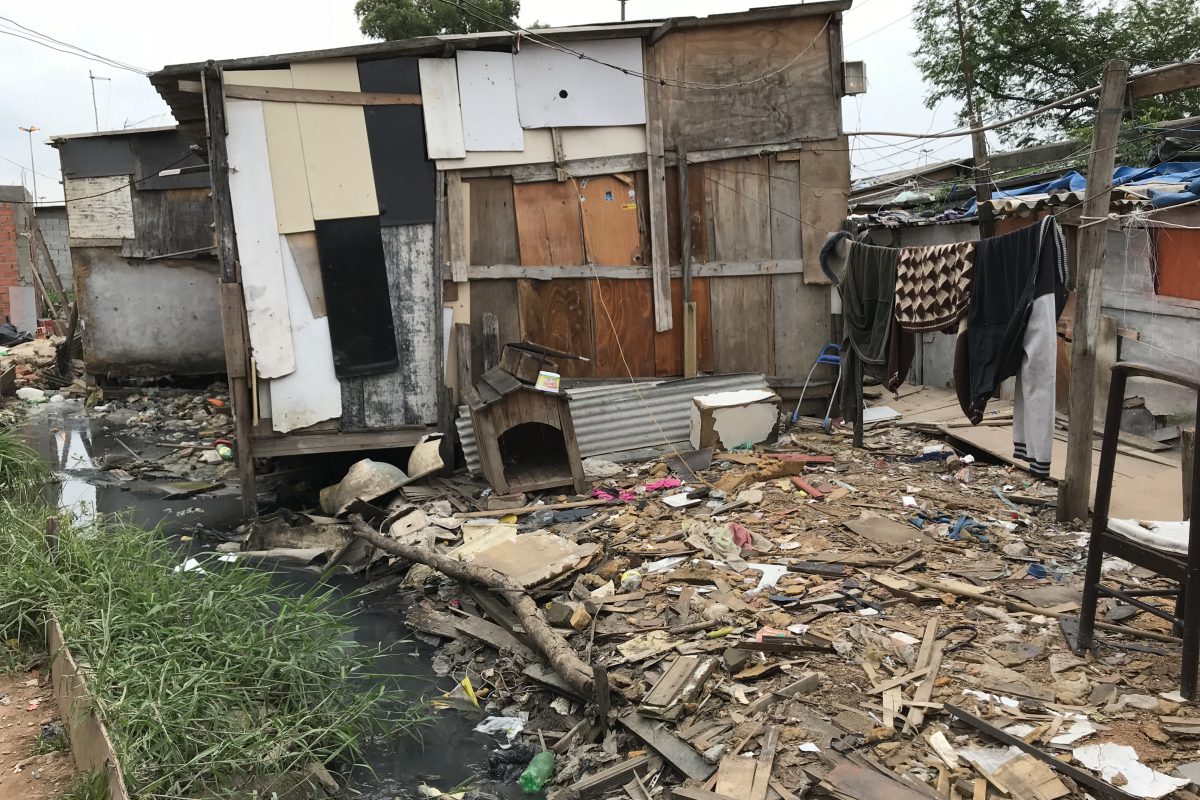
To develop a work with permanence, continuity of “empowerment” is essential. In other words, to liberate the creative and community potential, the capacity of invention and innovation of all members of a vulnerable community, the integration of external agents to local community members and leadership, and the transfer of enhancement and knowledge tools.
The complexity of combating inequality and transforming the precarious conditions to which billions of people are subjected to, requires a multi and transdisciplinary vision, with the experience of contact and learning within the territories of residents. Architects and urban planners, by incorporating strategies of listening, participation, learning, living and knowledge transfer, can contribute significantly to this process of transformation towards prosperity. And all of this must be acknowledged by society as a legitimate way to earn our living.
This article belongs to a series of stories about the city at eye level for kids! You can access the full book online in PDF or pre-order your hardcopy to be delivered to your home.
Get your book here